Even the best of us get into accidents every now and then. Knowing how to react to an emergency properly can help keep the situation from getting worse. Keep these basic pointers in mind because you never know when you’ll need them.
What to do immediately after a crash
Be still. Refrain from making any sudden movements once you’re down on the ground. Try to see first if you feel any pain that could be coming from a sprain, fracture, or broken bones before you get up from the ground. If you feel that you did break something, sit or lie down until help arrives.
Stop the bleeding. Check if you’re losing a lot of blood from any open wounds. If you are, find a clean piece of cloth and apply direct pressure on your wound. Keep doing this until you are rescued.
Look out for signs of concussion. If you accidentally hit your head on the ground in the process of crashing, you may be at risk of having a concussion. Having a headache, temporary loss of consciousness, dizziness, and vomiting are some common symptoms that could mean you have a concussion. Even if you come out of an accident with very few wounds or injuries, do not get on your bike if you feel any of the symptoms so you could avoid getting into another accident.
Take a deep breath. Aside from helping you calm down, this should be a quick way to assess if you broke any of your ribs. If you feel any difficulty breathing, you will need to be brought to the emergency room to make sure none of your fractured bones will cause damage to your lungs.
Call for help. Once you have assessed your situation, it is time to call for help. You could make it easier for your friends or relatives to locate you by using smartphone app features such as Garmin Live Track (free), RoadID E-crumb (free), and Strava Beacon (premium). Try to inform friends and relatives first as they would likely be easier to contact than our local 911 or 117 hotline numbers.
What to do if your friend gets into a crash
DR ABC
This acronym should help you remember the basic steps in responding to an accident.
- Danger. Try to manage the scene of the accident. Watch out for any objects or vehicles that might pose more danger to you and your friends. Signal passing cars to slow down and move away from the crash site.
- Response. Talk to your injured friend and see if s/he will respond. Do not shake or move your friend’s body as this could worsen any fractures and neck or back injuries. If your friend does not respond, call for an ambulance.
- Airway. Although unlikely to happen, it’s possible for a cyclist to end up having an obstructed airway if, for example, s/he was eating a snack to get more energy. You can open an obstructed airway by tilting the cyclist’s head and lifting his/her chin.
- Breathing. Apply cardiopulmonary resuscitation (CPR) if your friend is unconscious and not breathing. Whether or not you succeed in reviving them, call an ambulance immediately.
- Circulation. Keep calm and check for any issues with blood circulation. Control bleeding by applying pressure using a clean piece of cloth, or dressing if a first aid kit is available. Call for an ambulance.
Take note. If there were any people or motor vehicles involved in the accident, take note of their details, especially if the accident was caused by a car. Names, contact numbers, plate numbers, time, and location of the accident will be important in asserting your claims in the police report or insurance.
The Aftermath
Have your bike checked. If you ended up having wounds or scratches, chances are that your bike took some damage as well. Once you are feeling well enough or have recovered from your injuries sufficiently, take your bike to a bike shop and have a mechanic check the extent of the damage to your bike. This could help prevent further accidents in the future, especially if your bike frame suffered any structural damage.
Review your cycling techniques and habits. Old habits die hard, but the sooner you get over them, the better. Try to see if any of your habits may have contributed to your accident and work on changing them. This could involve minor details such as properly tightening your wheels’ quick release levers, or changing major techniques such as the way you approach sharp turns and hairpins whenever you tackle those high adrenaline descents.
Think we missed anything or do you have any lessons to share from your own experiences? Share them in the comments section below!

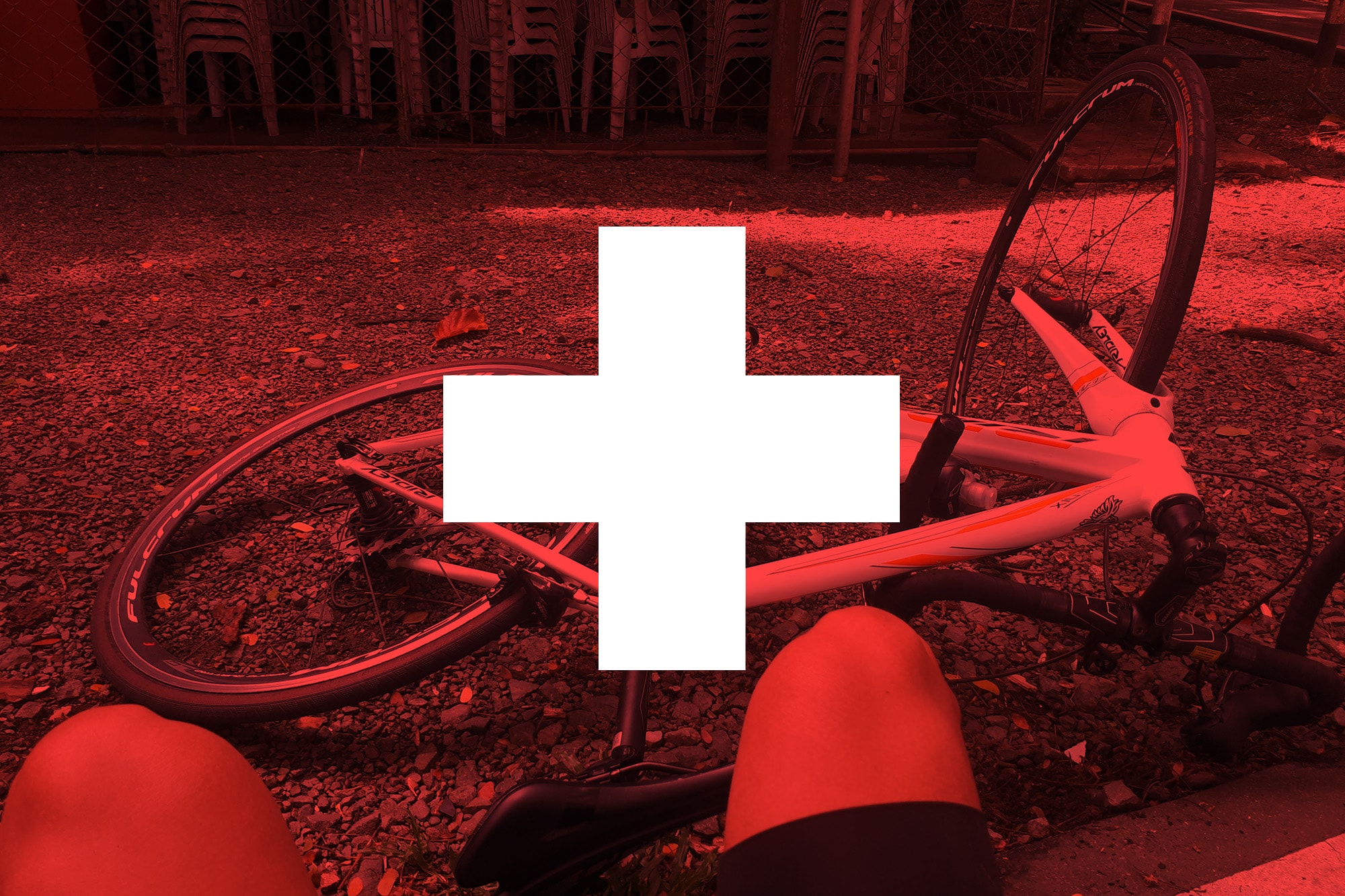
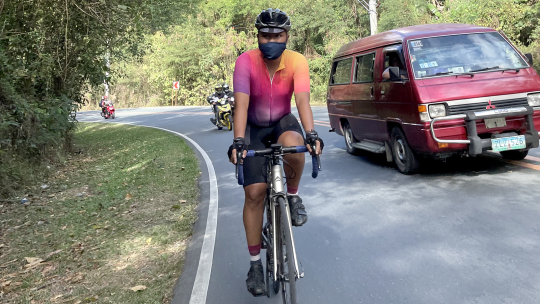
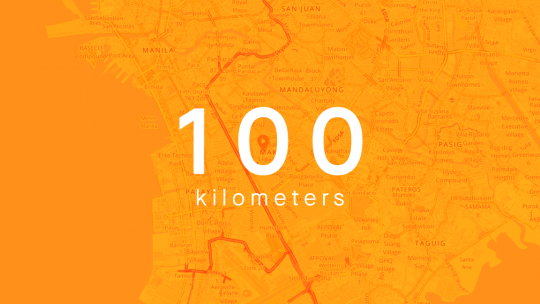

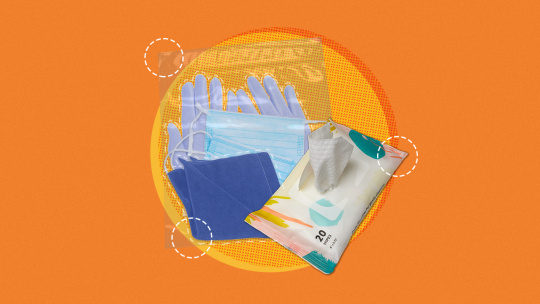
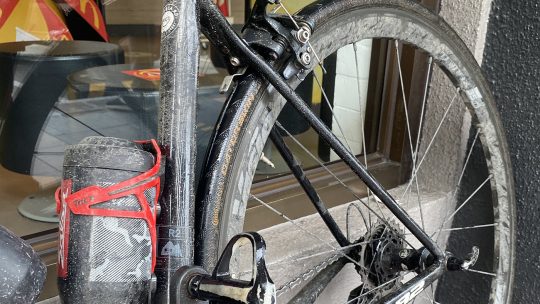
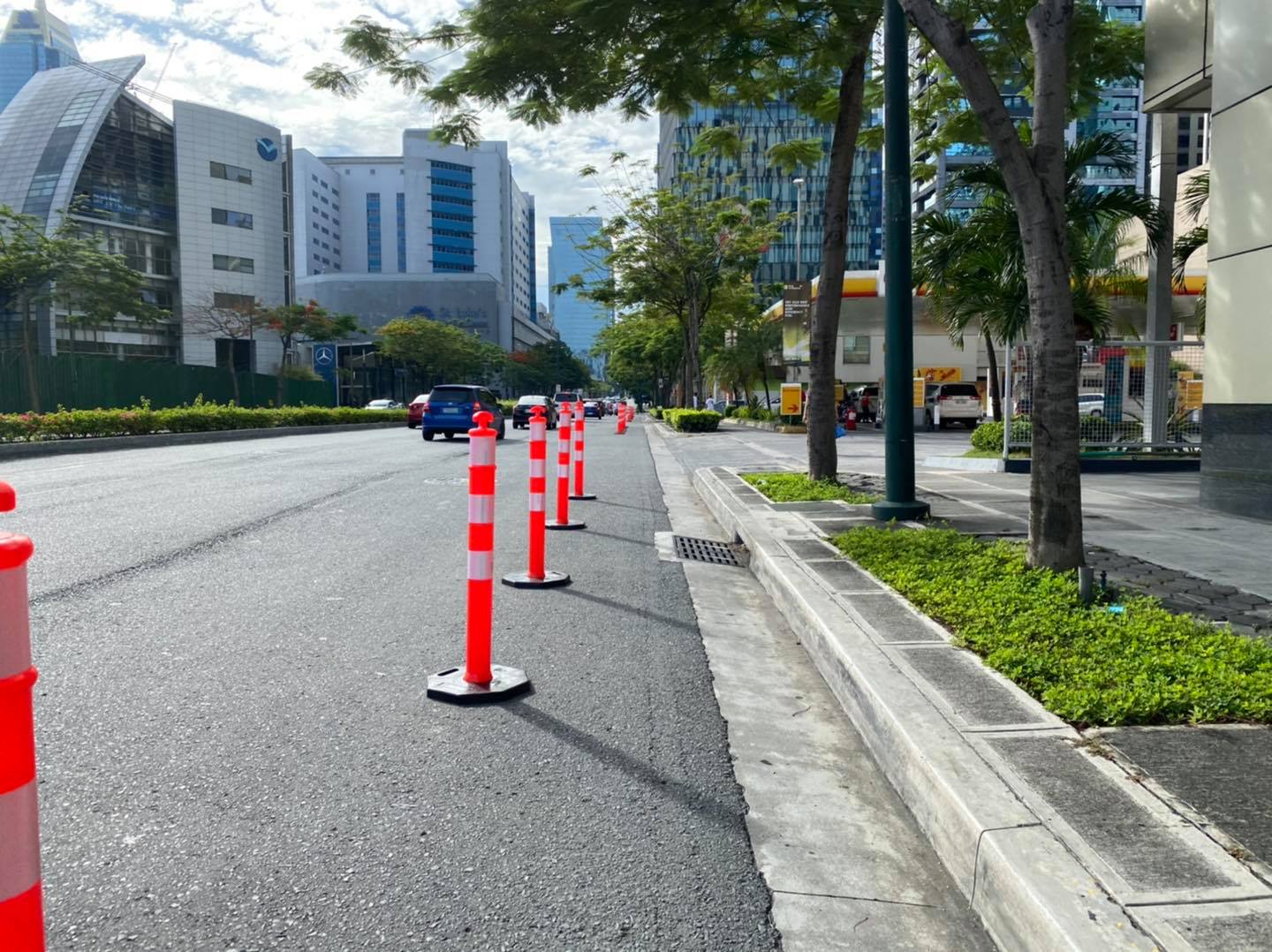
Leave a Comment